
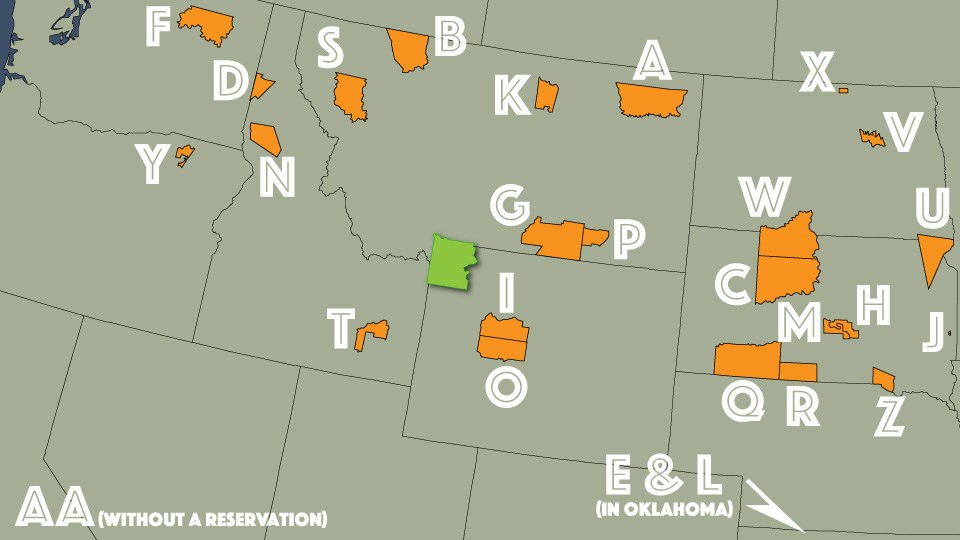

A - 13,000 to 14,000 years ago - The last glaciers in the area melt. B - 11,000 years ago - People arrive in Yellowstone. C - 1400 to 1800 - People camp on the shore of Yellowstone Lake for short periods during warm weather. D - 1807 to 1808 - John Colter, after leaving the Lewis & Clark Expedition, becomes one of the first mountain men to explore the Yellowstone area. E - 1834 to 1835 - Trapper Osborne Russell encounters a group of Native Americans. 
F - 1869 - The Folsom–Cook–Peterson Expedition was the first formal expedition to Yellowstone. 
William H. Jackson G - 1872 - The Hayden Expedition included scientists, botanists, zoologists, mineralogists, and artists. Their reports documented the fantastic stories of the area and inspired people. 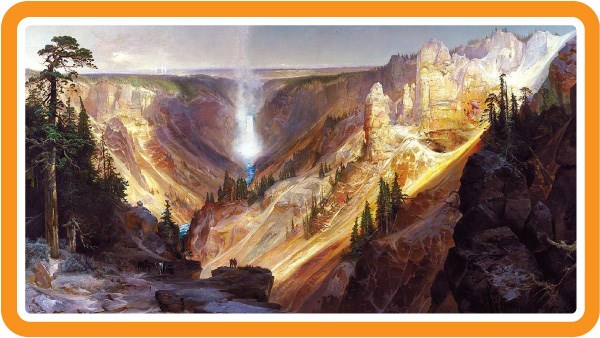
Thomas Moran H - 1872 - Work of artists Thomas Moran and William H. Jackson inspired the public to support preserving the area. Congress pass legislation and President U.S. Grant signed into law the creation of Yellowstone National Park—a global first—"for the benefit and enjoyment of the people." 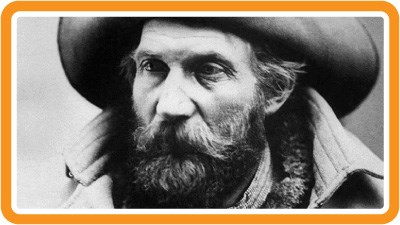
I - 1880 - Harry Yount becomes Yellowstone's first park ranger. J - 1883 - The railroad arrives and makes it easier for people to visit Yellowstone. 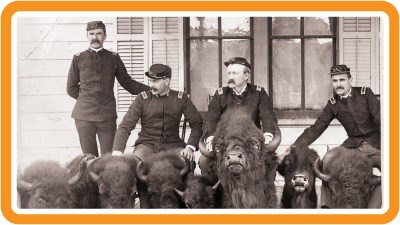
K - 1886 - The US government turns to the US Army for help saving the park from threats. Company M, First United States Cavalry, takes charge of Yellowstone. L - 1894 - US Army soldiers capture a poacher for killing Yellowstone's bison. A new law, the National Park Protection Act, helps protect Yellowstone's animals. M - 1916 - The National Park Service is created to manage all of the USA's national parks. N - 1918 - The National Park Service takes over management of Yellowstone from the US Army. 
O - 1959 - A 7.5 magnitude earthquake west of the park affects the geysers and hot springs in the park and damages park buildings. P - 1966 - Dr. Thomas Brock discovers the thermophile Thermus aquaticus in a Yellowstone hot spring. It later revolutionized the study of DNA. Q - 1972 - Yellowstone National Park turns 100! R - 1988 - Fires in Yellowstone spark an increase in public understanding and acceptance of the role of fire in wildland areas. 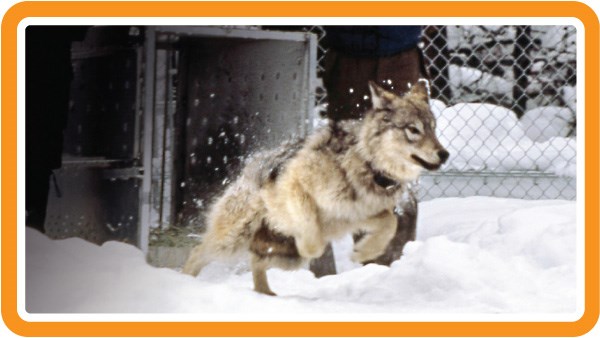
S - 1995 - Wolves are restored to Yellowstone. All 67 mammal species known to inhabit Yellowstone in the 1700s live wild in the park today. T - 2016 - The National Park Service turns 100. 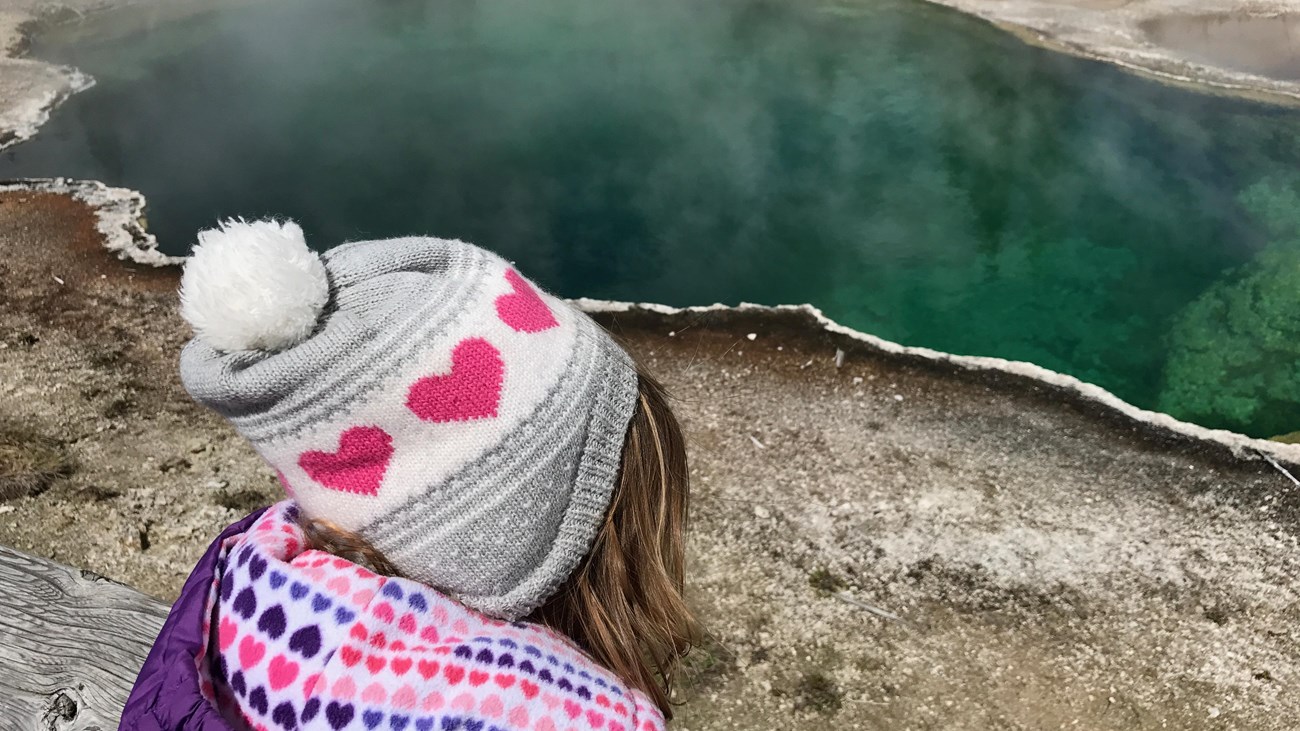
Kids & Youth
What fascinates you about Yellowstone? Personalize your online adventure of the world's first national park. |
Last updated: April 17, 2025
